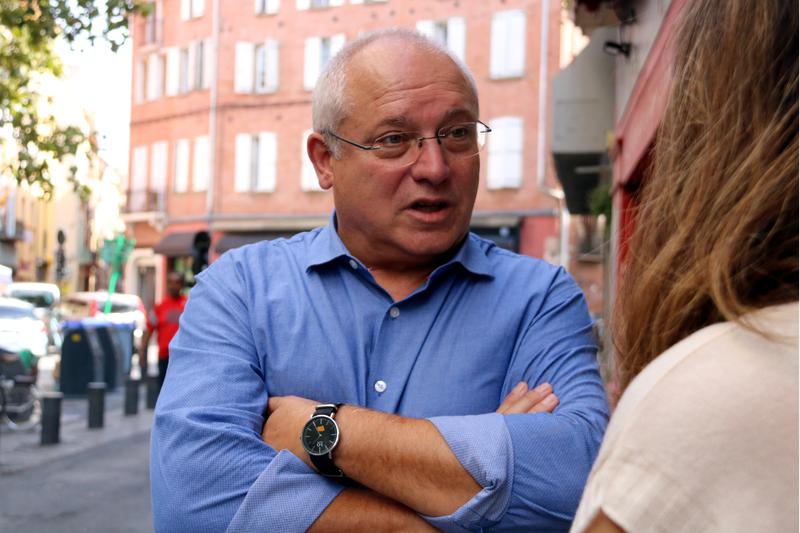Former Catalan culture ministers to be prosecuted over disputed Sixena frescoes
Police moved artworks from Lleida Museum to monastery in neighboring Aragon in 2017

The Catalan High Court (TSJC) will prosecute the former Catalan culture minister Santi Vila and his successor Lluís Puig for disobedience in the case of the Sixena frescoes. In 2017, 44 frescoes were forcefully moved from the Musem of Lleida by Spanish military police to Huesca in the neighboring Aragon region, after Catalonia refused with a court order to give them up.
Now, prosecutors are asking Vila and Puig to each pay a fine of €6,000. In addition, Vilanova de Sixena town council is asking for an 11-month prison sentence and a fine of €162,000 for Vila, as well as a fine of €99,000 and a two-year ban from holding public office for Puig.
If the former ministers lose their case, they will have to pay an additional fine of €17,250 each, which, according to the Aragonese government, was the price of moving the frescoes from Lleida to Aragon.
Vila and Puig’s lawyers now have ten days to present their defense.
Long-running dispute
The artworks are originally from the Sixena monastery in Aragon and look unlikely to return to Catalonia following a Supreme Court ruling in 2021.
They have long been the subject of a legal battle between Catalonia and Aragon over where they should be placed and displayed.
The Supreme Court rejected the appeals of the Catalan government, the National Art Museum of Catalonia, and the Consortium of the Museum of Lleida against the ruling of a provisional court in Huesca, Aragon, which declared the prior sale of the 96 Sixena works as null and void.
The works were purchased by the Catalan government in the 1990s. However, courts ruled that the seller of the 96 pieces of art was not the legitimate owner of them and therefore didn't have the authority to sell them.
The Catalan government continues to argue the works were acquired through "legal and legitimate" sales.
Origins of dispute
The reason the medieval frescoes were taken to Catalonia in the first place dates back to the Spanish Civil War. In 1936, the Sixena convent was set on fire, along with all the precious artifacts inside.
That very same year as the blaze, specialists took the art to Barcelona to safeguard and restore it. Some of the items were taken to the Lleida Museum, and others made it into the MNAC in 1940.
The removal
The removal took place in the aftermath of the independence referendum of October 1, 2017, when Spain had sacked the Catalan government and enforced direct rule from Madrid.
Police officers entered the museum in the early hours of the morning to ensure the execution of the Court of Huesca's ruling, which ordered the transfer of 44 works to the monastery of Vilanova de Sixena.
After the removal, Mireia Boya, from the Catalan far-left party CUP claimed that the motive behind the artworks’ removal was to humiliate Catalonia.
Closed for renovation since 2022
Since the summer of 2022, the pieces have not been on display, with the Sixena monastery closed for renovation and the condition of the artworks unknown.
The Catalan government continues to lament the fact that they were removed from Lleida. Sònia Hernández, director general of Cultural Heritage at the Department of Culture, told ACN in late 2023 that the pieces were moved from where they were "well preserved, conserved and could be studied" to a new space with conditions that "probably aren't the best" and where they "aren't guaranteed to be preserved as well as we think they should."
On the other hand, the Aragonese executive told the Catalan News Agency (ACN) that the works are now in a place where they "should never have left," adding that they are being kept in "optimal conditions."
The Sixena monastery renovation is already completed, the Aragones government has said, and is due to reopen in 2024.